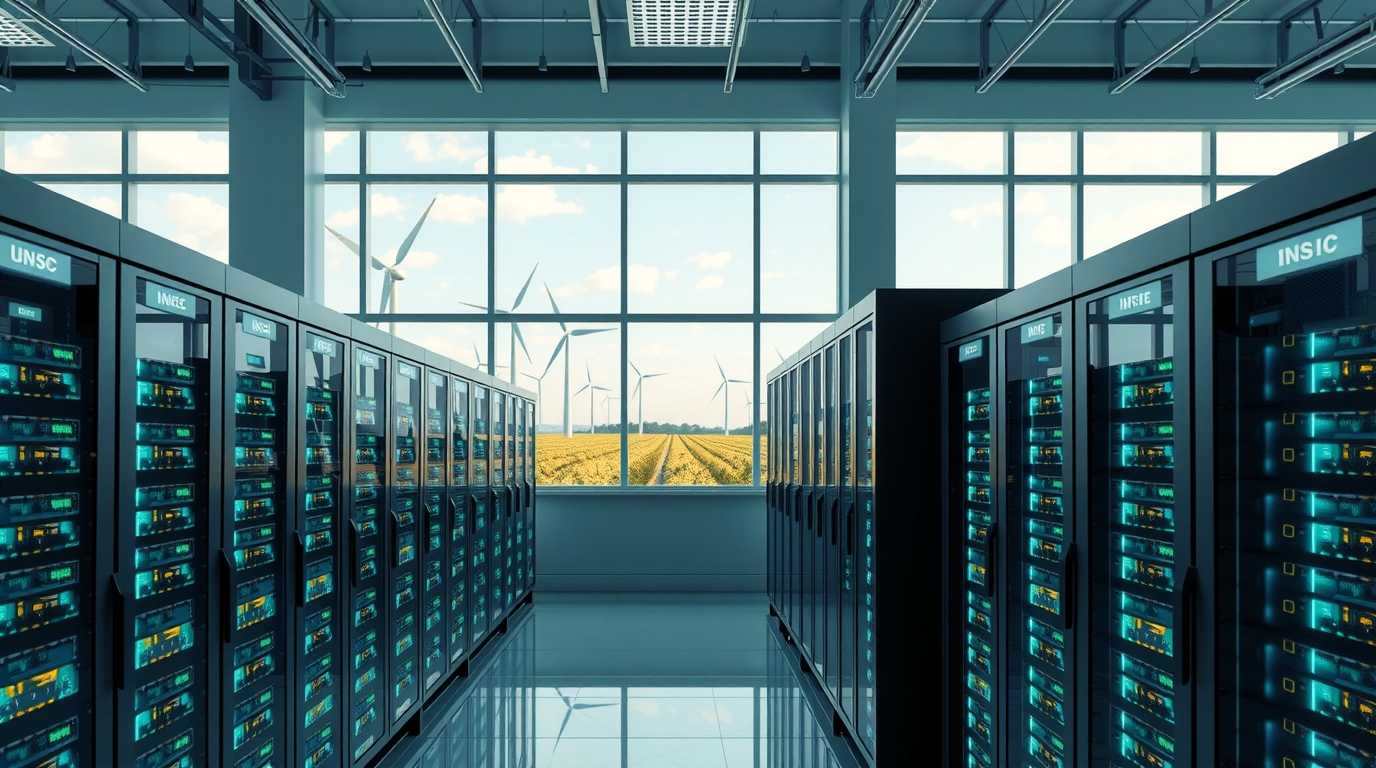When people talk about sustainability, they often picture solar panels on rooftops or reusable shopping bags at the market. What is less obvious is the impact of the digital world. Every click, every streamed video, every stored email consumes energy. In 2025, the concept of digital sustainability has started moving from niche conversations into mainstream strategy, reshaping how companies and individuals think about technology.
The scale of the problem is easy to underestimate. Data centers alone consume massive amounts of power, much of it still tied to fossil fuels. Cryptocurrency mining once symbolized the excess, but it is only one piece of the puzzle. Streaming platforms, cloud storage, and endless AI training models all add to the footprint. For years, this was hidden behind screens and sleek interfaces. Now the numbers are harder to ignore.
Businesses are responding with a mix of innovation and responsibility. Some are investing in greener infrastructure, shifting their servers to renewable energy sources. Others are redesigning software to be less resource-hungry, streamlining code and compressing data to reduce load. Even small changes, like deleting unnecessary files or limiting autoplay features, are being reframed as environmental choices. The idea is simple: sustainability is not only about physical waste but about digital excess as well.
Consumers are becoming more aware too. People are asking whether the apps they use or the companies they support take digital sustainability seriously. A growing number of platforms now showcase their energy efficiency or carbon offset programs as part of their brand identity. Just as organic food labels became common in grocery stores, eco-conscious digital practices are starting to appear in tech marketing.
The cultural side of this shift is important. For years, the digital world was treated as clean and weightless. You could store thousands of photos without thinking about the servers behind them, or scroll endlessly without considering the energy cost of those interactions. The conversation around digital sustainability forces a change in mindset. It reminds us that the cloud is not a cloud at all but a network of machines that require power, water, and space.
Critics worry that the term will become just another buzzword, used for branding without real impact. And they are right to be cautious. Not every “green tech” promise will deliver. But the pressure is building, from governments setting regulations to younger consumers demanding transparency. Unlike earlier waves of corporate responsibility, this one is tied to infrastructure and innovation, which makes it harder to fake.
For tech companies, the move toward sustainability is not only ethical but also strategic. Energy-efficient systems save money. Cleaner infrastructure attracts investors. Digital platforms that highlight their eco-conscious choices gain a competitive edge in markets where reputation matters. In a crowded industry, responsibility is becoming part of the value proposition.
On an individual level, the shift can feel small but meaningful. Deleting old emails may not save the planet, but multiplied across millions of users, it reduces the load on servers. Choosing platforms that commit to renewable energy sends a signal to the market. Awareness leads to habit, and habits lead to cultural change.
The future of technology will not only be judged by how fast or intelligent it becomes but also by how responsibly it uses resources. Just as cars evolved from gas guzzlers to electric vehicles, digital systems are under pressure to move from wasteful to efficient. That journey will not happen overnight, but in 2025 the momentum is clear.
Digital sustainability is no longer a fringe idea. It is the expectation of a generation that wants its technology to be powerful, but also kind to the world that sustains it.
